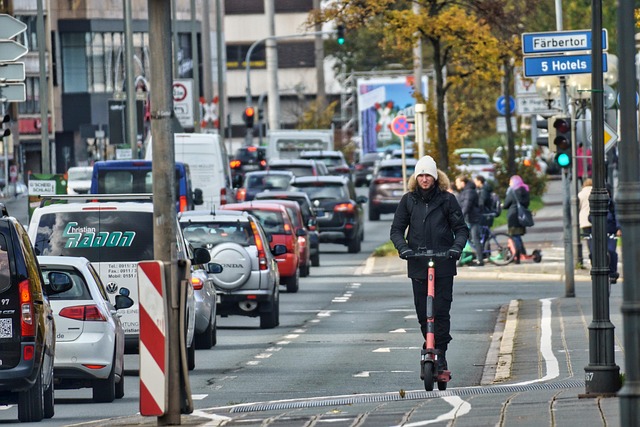Driving Growth: Sustainable Forestry’s Impact on Transport Sustainability and Rural Development
As we navigate the complexities of modern transportation and rural development, one concept stands at the intersection of environmental responsibility and economic viability: sustainable forestry. This approach not only nurtures our forests but also fosters a healthier planet and thriving rural communities.
Transport Sustainability: A Shared Responsibility
Transport sustainability is more than just an environmental initiative; it’s a promise to future generations. The way we choose to move people and goods impacts our ecological footprint, urban planning, and energy consumption. By integrating sustainable forestry practices into our transport systems, we can significantly reduce greenhouse gas emissions and enhance the resilience of our supply chains.
Transport systems that utilize sustainably sourced timber for infrastructure projects like bridges, railways, and roadways not only minimize carbon emissions but also promote biodiversity. For instance, wooden structures are renewable, can sequester carbon throughout their lifecycle, and often require less energy to produce than traditional materials like steel or concrete. This shift toward greener alternatives can play a pivotal role in our collective effort to build a more eco-friendly transportation network.
Rural Development: The Heartbeat of Sustainability
Rural communities often bear the brunt of environmental degradation and economic stagnation. However, sustainable forestry initiatives can serve as a catalyst for growth in these areas. By fostering responsible forestry practices, we create jobs not only in the forest industry but also in related fields such as transportation, logistics, and tourism.
When local economies thrive on sustainable forestry, they become stronger advocates for conservation efforts. These communities invest in maintaining healthy forests, which enhances their natural assets and improves the quality of life for their residents. Furthermore, sustainable logging practices can lead to better road conditions and transportation networks, making rural areas more accessible and improving their connectivity with urban centers.
A Win-Win Scenario
The synergy between sustainable forestry, transport sustainability, and rural development is clear. As we take steps towards a greener future, embracing sustainable forestry can set a powerful precedent for how we think about mobility and community engagement. By prioritizing responsible practices, we invest not just in the health of our forests but also in the prosperity of our rural areas and the sustainability of our transport systems.
As individuals and communities, we have the opportunity to champion initiatives that support sustainable forestry and elevate the quality of life in rural populations. The road to sustainability is paved with the resilience of our forests and the commitment to responsible growth. Let us drive this change together!



